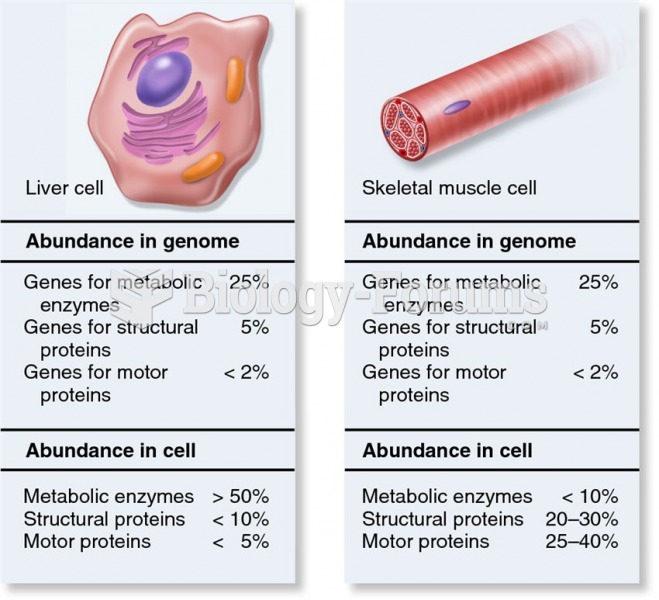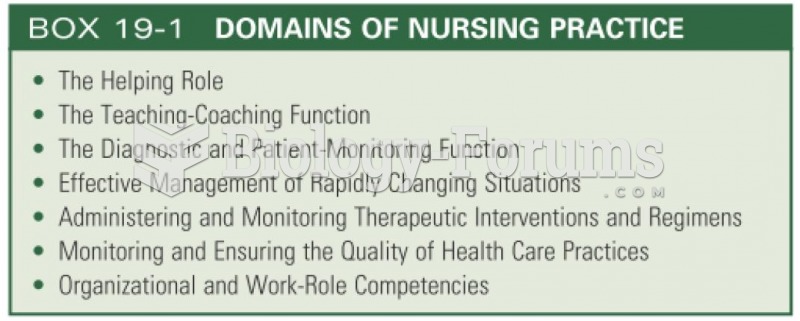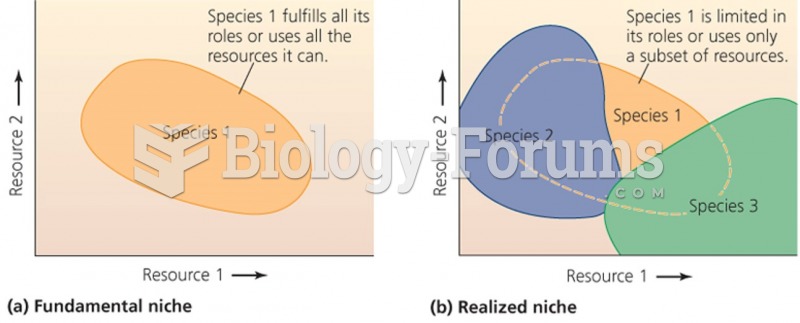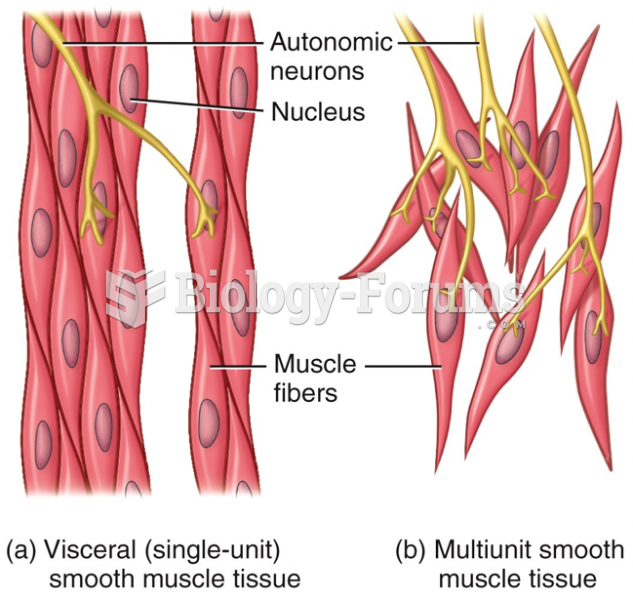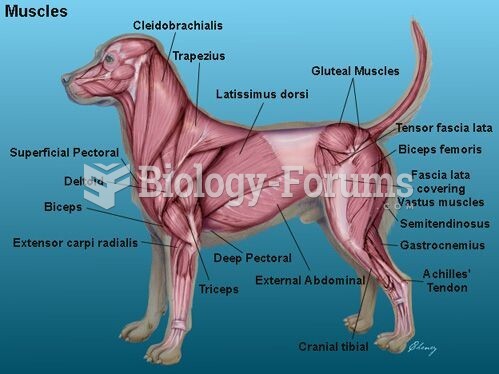Answer to Question 1
Correct Answer: 1,2,3,4,5
Rationale 1: An action potential is the first step that must occur for the cardiac muscle to contract.
Rationale 2: Depolarization is the second step that must occur for the cardiac muscle to contract.
Rationale 3: The third step that occurs in the contraction of the cardiac muscle is the opening of the voltage-gated channels in the sarcolemma.
Rationale 4: The fourth step that occurs in the contraction of the cardiac muscle is ions entering and leaving the muscle cell.
Rationale 5: The last step that occurs is the actual contraction of the cardiac muscle.
Global Rationale: An action potential is the first step that must occur for the cardiac muscle to contract. Depolarization is the second step that must occur for the cardiac muscle to contract. The third step that occurs in the contraction of the cardiac muscle is the opening of the voltage-gated channels in the sarcolemma. The fourth step that occurs in the contraction of the cardiac muscle is ions entering and leaving the muscle cell. The last step that occurs is the actual contraction of the cardiac muscle.
Answer to Question 2
Correct Answer: 1
Rationale 1: Blood pressure is increased by the increase in contractility of vascular smooth muscle when intracellular calcium is increased.
Rationale 2: Hypercalcemia is not a consequence of intracellular calcium concentration, although a significant elevation in serum concentration of calcium can increase intracellular calcium.
Rationale 3: Calcium influx into vascular smooth muscle cells increases vasoconstriction and does not decrease blood pressure.
Rationale 4: Hypocalcemia is not a consequence of intracellular calcium concentration, although a significant decrease in serum concentration of calcium can decrease intracellular calcium.
Global Rationale: Blood pressure is increased by the increase in contractility of vascular smooth muscle when intracellular calcium is increased. Hypercalcemia is not a consequence of intracellular calcium concentration, although a significant elevation in serum concentration of calcium can increase intracellular calcium. Calcium influx into vascular smooth muscle cells increases vasoconstriction and does not decrease blood pressure.


